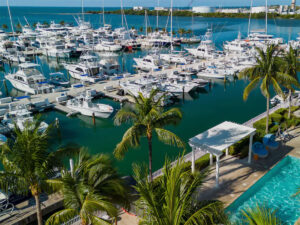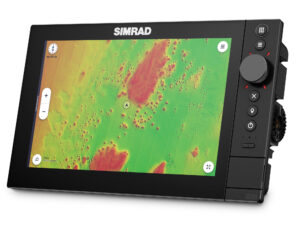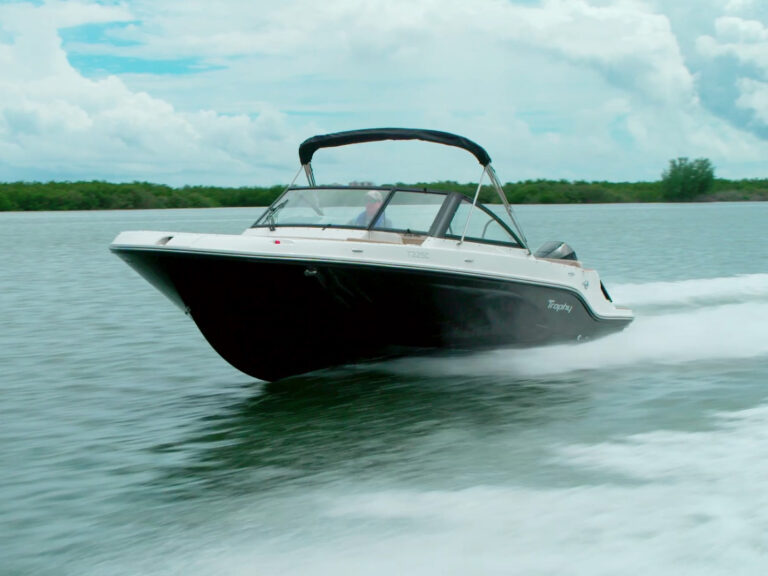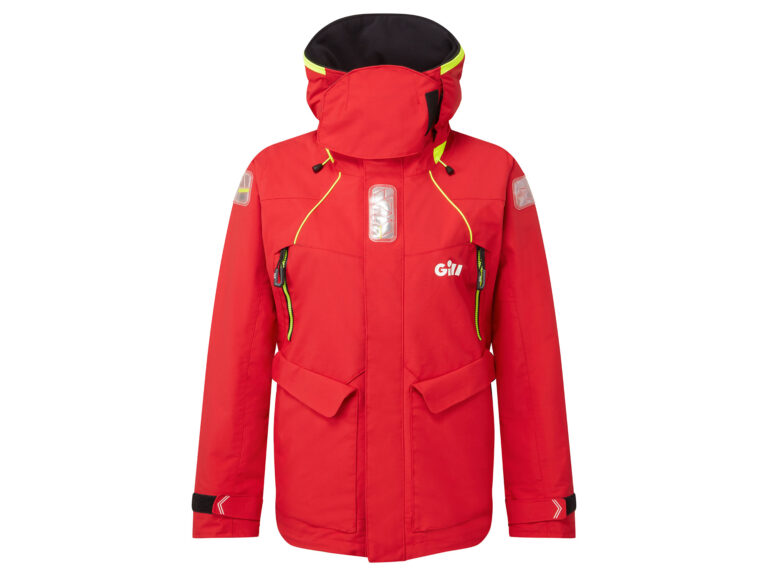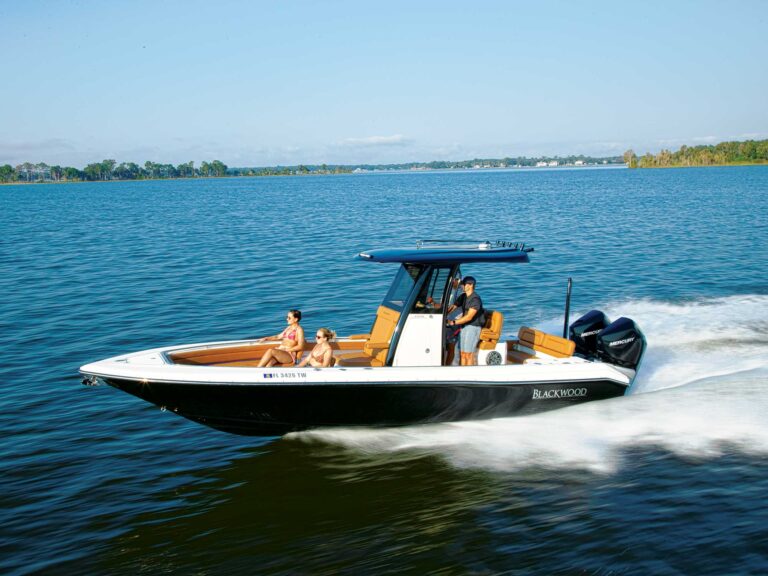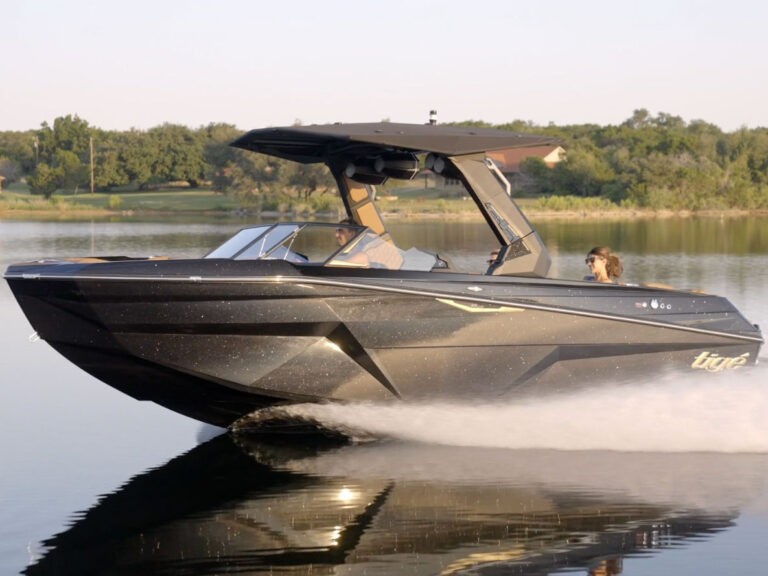
After a weekend cruising Kentucky Lake, my wife and I prepared to anchor our wooden 29-foot outboard-powered sedan trawler, which I had recently built.
The evening forecast called for southerly winds from 10 to 15 mph, so I chose a cove that offered protection from that direction but was exposed to the west. I dropped the hook in 8 feet of water and settled in for the night.
Around 1:30 a.m, the wind began howling out of the west. We were sideways to the wind and dragging anchor. There was no time to react, no time to correct—we were going ashore.
The starboard-side landing was gentler than I expected. The high water placed us against growth that would normally be several feet ashore. A tree about 12 inches in diameter kissed the rub rail about a foot forward of the transom, and brush along the waterline seemed to cushion the remaining hull.
Without them, the wind would have blown the boat hard aground.
I managed to slip the eye of a line over the amidships cleat. I then ran it around the tree, and I wrapped the bitter end back around the cleat. But with the tree continuing to move forward, I did not have time to secure it. I needed to stop the rearward slide, so with a tight grip, I held the line. The aft motion stopped. But waves had built from the west, and the cabin roof’s overhang began to slam into the tree. I passed the line to my wife and held a fender between the roof and the tree to stop the damage.
Finally, our arms aching, the wind subsided. Though the anchor dragged, the anchor rode hadn’t parted, so I used the windlass to pull our bow seaward. The outboard was free of underbrush, so I applied reverse thrust and began a coordinated side slip from the shore until, finally, we could reanchor at a safe distance.
Two errors were classic. I failed to pay out enough rode to meet the preferred scope of 7 to 1, and failed to properly set the anchor by powering back hard and digging it in. Also, I should have acknowledged that most storms in our area approach from the south and west, so allowing a large, open western exposure proved to be a serious mistake. At times, this situation cannot be prevented, and a properly set anchor should prevail. In this case, I had other options but chose to follow the path of convenience rather than caution.
Read Next: More From the “I Learned About Boating From This” Series
My wife insisted I add a final detail. I went to bed wearing nothing but a smile. And during the entire experience, the only thing that changed was I took off the smile.
Ray Macke
Marissa, Illinois
Wanted: Your Stories
Share your boating mistakes and mishaps so that your fellow boaters might learn from your experience. Send us your first-person accounts, including what went wrong, what you’d do differently, your name and your city, to editor@boatingmag.com and use “ILAB” in the subject line. If your story is selected for publication, we’ll send you a $100 West Marine Gift Card!”

